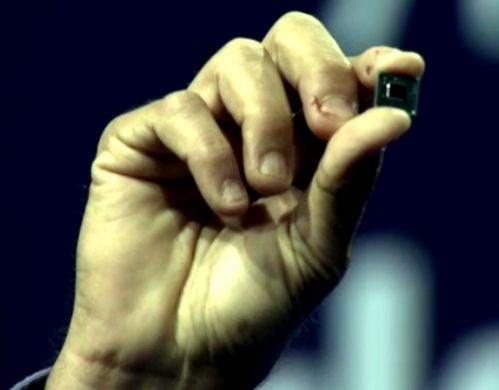

元器件交易网讯 5月4日消息,据外媒报道,在今年的林利移动技术大会(Linley Tech Mobile Conference)上,与会者认为可穿戴设备若得不到量身定制的芯片将很难成为主流。
林利集团首席分析师林利·温纳普(Linley Gwennap)称:“我们需要建立更有吸引力的模式,正确的使用实例、j较长的续航时间至关重要。同时可穿戴设备不仅要易于使用,还要与其它设备兼容。”
高通产品管理部门高级主管称,“低功耗是不够的,可穿戴设备的使用环境和活动模式都需要重新定义。用户希望续航时间能达到一周,甚至一个月。”
续航时间与硬件有着紧密的联系,许多芯片只是将手机的SoC缩小,这与智能手表和健身追踪器的需求相差甚远。
“智能手机SoC和可穿戴设备有着完全不同的设计目标——可穿戴设备真的需要多样化的表现形式吗?”SoC
硬件优化是延长续航时间的关键所在,手环的电池规格通常在200-300mAh,智能手表电池通常在300-500mAh。与拥有多核CPU的智能手机不同,可穿戴设备用CPU功率常常在300MHz以下。由于屏幕尺寸较小,不运行应用的可穿戴设备还可以舍弃显示核心。
与会者还提到,选择正确的硬件堆栈和散热方式同样是可穿戴设备成功的关键所在,日常佩戴时设备不应过热。(元器件交易网毛毛 摘译)
以下为原文:
Wearables won't go mainstream until theyget tailor-made silicon, according to a panel at the Linley Tech MobileConference here. The nascent market needs clearly defined use cases and SoCsgeared for lower battery life, they said.
“We need to figure out a way to build a more engaging model. To besuccessful you need the right use case and battery life will be important.Wearables also have to be easy to use and compatible with other devices,” saidLinley Group principal analyst Linley Gwennap.
Many wearables may be looked at as fashionaccessories where bulkiness and the need to charge more than once a monthbecome prohibitive. Users want their wearable devices -- from FitBits to GoogleGlass and home medical devices -- to be sleek, constantly connected throughWiFi or Bluetooth, always on, and with an ultra long battery life, he said.
“People don’t buy specs when it comes to battery life, they buybehavior,” said Pankaj Kedia, a senior director of product management atQualcomm. “It’s not enough to say low power, you have to define ambient andactive modes. But if the thing doesn’t last, you’re dead; many users want thedevice to last a week, a month.”
Much of the issue around battery life stemsfrom a device’s hardware components. Many chips are scaled down versions ofhandset SoCs, which have different processing requirements than a smartwatch orfitness tracker.
“Smartphone SoCs have different design goals -- do we really needthat much performance in a wearable,” questioned Kurt Schuler, vice presidentof marketing for Arteris, a provider of SoC interconnects. “We’re starting tosee SoCs designed for specific targets... Using clocked down SoCs designed forsmartphones compromises battery life; a new computing architecture is necessaryto fit the ultra low power requirement.”
Optimized hardware is key to a long-lastingbattery which should be between 200-300 milliamp hours (mAH) for fitness bandsand 300-500mAH for smartwatches. Instead of using multicore CPUs designed forsmartphones, wearables could use multiple low power CPUs with frequencies under300 MHz. Devices that don’t run apps can also forego a graphics core because ofsmall screen sizes, panelists said.
“Picking and choosing the right performance blocks will be importantbased on the segment you're targeting,” Kedia said. “In [always on, targetedexperience] devices, the GPU matters less, if at all, and signal processing ismost important.”
Choosing the right hardware stack andmethod of heat dissipation will also be among the key ingredients in asuccessful wearable, which shouldn’t get hot with regular wear, they said.
However, the sensors often in wearables arealready present in smartphones, begging the question of where wearables willfit in a user’s device ecosystem. Finding use cases and proper hardware mightbe done more quickly in medical, industrial, and military spheres rather thanfor consumer products, Schuler said.
“Wearables will not save the semiconductor industry. This is theevolution rather than the revolution. This tech is an extension of where we’vealready been going with hardware and software,” Schuler said.
关注我们

公众号:china_tp
微信名称:亚威资讯
显示行业顶级新媒体
扫一扫即可关注我们